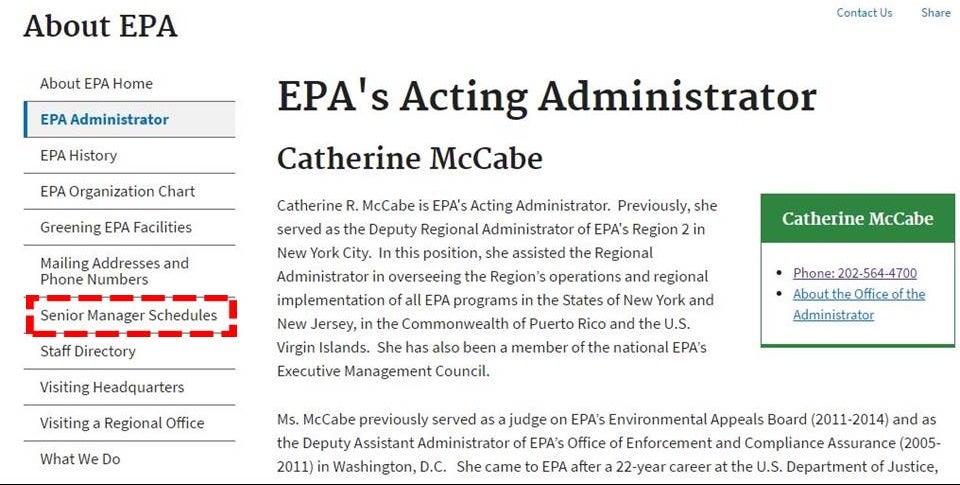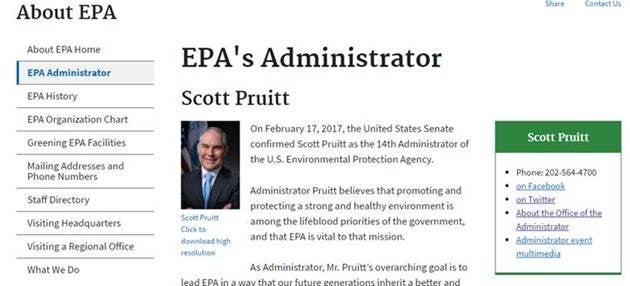(This post was co-authored by EDF’s Peter Zalzal)
Like many Americans, we’ve been closely following the story about the Arkema chemical plant that was flooded when Hurricane Harvey hit Texas. The resulting explosions there have added a horrifying new dimension to the tragic events in the greater Houston area.
Here’s more information that you might want to know.
The Arkema chemical facility in Crosby, Texas has had previous health and safety violations and has been the subject of enforcement actions.
The Arkema Crosby chemical facility has been the subject of at least two enforcement actions by the Texas Commission on Environmental Quality.
- In 2006, the facility was subject to penalties because of a fire due to inappropriately stored organic peroxides. The fire led to discharge of 3,200 pounds of volatile organic compounds along with other harmful pollutants.
- In 2011, the facility was subject to penalties for failure to maintain proper temperatures of the thermal oxidizer.
Gina McCarthy, EPA Administrator under President Obama, strengthened the standards governing preparedness for chemical releases during emergency situations.
In January of 2017, EPA Administrator Gina McCarthy strengthened key provisions of the Accident Release Prevention / Risk Management Program. Those provisions are designed to help prevent and mitigate chemical accidents. The changes included more protective accident prevention program requirements, emergency response enhancements, and enhanced public transparency and availability of information.
Some of these key improvements, which are jointly known as the “Chemical Disaster Rule,” are summarized below (the final rule is at 82 Fed. Reg. 4594.) These protections were slated to take legal effect on March 14, 2017, and the rule required phased-in compliance with its provisions over the next several years. The rule requirements differ depending on whether the facility is classified as Program 1, 2, or 3, with more rigorous and focused requirements applying to Program 3 facilities due to the types of processes at the facility. The Arkema Crosby plant is a Program 3 facility.
- Accident Prevention Program Improvement
- Root Cause analysis: The final rule requires Program 2 or 3 facilities to conduct a “root cause analysis” as part of an incident investigation of a “catastrophic release.” The analysis is meant to look beyond immediate causes to help prevent future disasters by uncovering underlying causes in an incident investigation.
- Third Party Audit: The rule requires Program 2 or 3 facilities to conduct independent third party audits, or to assemble an audit team led by an independent third party auditor, to perform a compliance audit after a reportable accident. Previously, facilities were allowed to perform self-audits. The revision “is intended to reduce the risk of future accidents by requiring an objective auditing process to determine whether the owner or operator of the facility is effectively complying with the accident prevention procedures and practices.” (82 Fed. Reg. at 4,595)
- Safer Technology Alternatives Analysis: For Program 3 facilities, the rule requires a Safer Technology Alternatives Analysis to identify the practicability of any inherently safer technology identified.
- Emergency Response Enhancements
- The final rule requires all covered facilities to coordinate with local emergency response agencies at least once per year to determine how the facility is addressed in the community emergency response plan, and to ensure that local response organizations are aware of the regulated substances at the facility, their quantities, the risks presented by covered processes, and the resources and capabilities at the facility to respond to an accidental release of a regulated substance. (82 Fed. Reg. at 4,595)
- The rule also requires Program 2 or 3 facilities to conduct notification exercises to ensure that emergency contact information is accurate and complete, and that certain facilities conduct field or tabletop exercises. From the final rule: “Improved coordination with emergency response personnel will better prepare responders to respond effectively to an incident and take steps to notify the community of appropriate actions, such as shelter in place.” (82 Fed. Reg. at 4,595)
- Enhanced Availability of Information
- “The rule requires all facilities to provide certain basic information to the public, upon request. The owner or operator of the facility shall provide ongoing notification of availability of information elements on a company website, social media platforms, or through some other publicly accessible means.” (82 Fed. Reg. at 4,596)
Arkema and its industry trade organization, the American Chemistry Council, filed comments objecting to several of these key improvements.
Arkema filed adverse comments on the proposed improvements to the Chemical Disaster Rule, and also endorsed comments filed by the American Chemistry Council (Arkema is a member company of ACC).
Arkema objected to the third-party audit procedure, objected to the safer technology alternatives analysis as burdensome, and expressed concerns about the requirements to share certain information with emergency responders and the public.
Scott Pruitt immediately obliged and suspended the Chemical Disaster Rule improvements.
One of the immediate actions taken by Trump Administration EPA head Scott Pruitt was to suspend these key improvements to Chemical Risk Program.
On February 28, 2017, an industry coalition including the American Chemistry Council, the American Petroleum Institute, the U.S. Chamber of Commerce, and the Utility Air Regulatory Group asked EPA to reconsider the Chemical Disaster Rule.
Administrator Pruitt quickly obliged by convening a reconsideration proceeding on March 13, 2017 and suspending the Rule for 90-days on March 16, 2017. Both of these initial actions to halt the rule took place without any public process, a pattern continued in many of Pruitt’s actions as EPA Administrator.
Subsequently, on June 14, 2017, Pruitt issued a rule suspending the requirements until February of 2019. Pruitt’s decision to suspend these protections disrupted the implementation of the rule.
Administrator Pruitt’s suspension is now being challenged in the U.S. Court of Appeals for the D.C. Circuit, with a preliminary decision yesterday denying the petitioners’ motion for a stay but granting expedited briefing on the merits. Air Alliance Houston is one of the organizations challenging Pruitt’s damaging actions.
A closer look at the Arkema facility in Crosby, Texas.
The Arkema facility in Crosby, Texas is a Program 3 facility and is required to submit a Risk Management Plan under the Chemical Disaster Rule.
The envirofacts webpage for the facility notes that the last plan was submitted in June 2014, pursuant to the less stringent requirements that were then in place.
EPA does not publicly post online Risk Management Plans for facilities but they are available for review in the federal reading rooms. On August 31, 2017, EDF examined the 2014 Risk Management Plan for the Arkema facility. According to Arkema’s documents on file:
- The Arkema facility manufactures liquid organic peroxides, which are primarily used in the production of plastic resins, polystyrene, polyethylene, polypropylene, PVC, and fiberglass.
- There are two substances on site that are present at or above the minimum threshold quantities for a Risk Management Plan – 85,256 pounds of 2 methylpropene (a flammable substance), and 66,260 pounds of sulfur dioxide (a toxic substance). Both are present in levels that make the facility subject to Program 3 requirements.
- The site conducted a process hazard analysis on October 31, 2013 and indicated that any errors identified would be corrected by October 30, 2015. The 2013 hazard analysis identified concerns, including: equipment failure; loss of cooling, heating, electricity; floods (flood plain); hurricane; other major failure identified: power failure or power surge
There have now been explosions reported at the Arkema facility and 15 police officers were taken to the hospital after inhaling fumes from the chemical plant. Because of limited air monitors operating in the region, we do not know the pollutants or their concentrations in the surrounding air.
EPA Administrator Scott Pruitt has led an unprecedented rollback of public health and environmental safeguards for our communities and families.
This is one of many damaging actions by EPA Administrator Pruitt to roll back fundamental safeguards under our health and environmental laws. Pruitt’s actions imperil our communities and families, and increase risks across our nation.
The explosion at the Crosby chemical facility is a terrible tragedy. It is incumbent on those who manufacture and use these dangerous chemicals — and it is the solemn duty of policymakers entrusted with protecting the public – to carry out their responsibilities under our nation’s public health and environmental laws to protect all Americans.
EDF is urging EPA Administrator Pruitt to immediately reinstate the critical Chemical Disaster Rule safeguards that he has suspended, and we are asking all Americans to join us. Please contact EPA and tell them you support these protections.














